

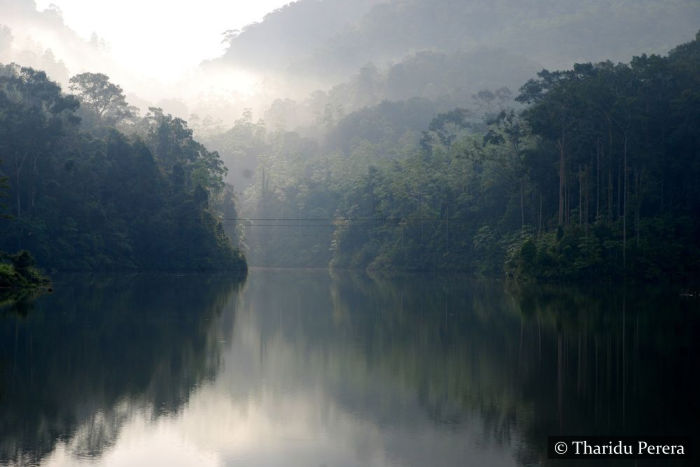





Sinharaja Rainforest Reserve
Nestled in the southwestern region of Sri Lanka, the Sinharaja Rainforest Reserve, a UNESCO World Heritage Site, represents the last viable area of primary tropical rainforest in the country. Remarkably, over 60% of the trees here are endemic, with many qualifying as rare treasures of nature. This reserve serves as a sanctuary for diverse wildlife, boasting a significant number of Sri Lanka's endemic species of mammals and butterflies, alongside a rich array of insects, reptiles, and rare amphibians.
Biodiversity Significance
The Sinharaja Rainforest Reserve holds critical importance for both biodiversity and the exploration of Earth’s evolutionary history. Key aspects include:
Earth's Evolutionary History
Relic of Gondwanaland: Sinharaja's flora represents a precious remnant of the ancient supercontinent Gondwanaland, aiding in the study of plant species evolution and dispersal.
Geological Features: The reserve contains unique geological formations that provide valuable insights into the Earth's tectonic history, thus contributing to its complex ecosystems.
Overview of the Sinharaja Rainforest
Characterized as a hilly virgin rainforest, the Sinharaja Rainforest stands renowned for its remarkable biodiversity, housing a wealth of endemic species, including trees, insects, amphibians, reptiles, birds, and mammals.
Flora
The vegetation in Sinharaja falls into two categories: tropical lowland rainforest and tropical wet evergreen forest. Key characteristics include:
- Tree Height: Dominant trees reach an impressive average height of 35 to 40 meters, with some soaring up to 50 meters.
- Diversity and Regeneration: The forest showcases a high degree of species diversity and significant regeneration.
- Endemism: Families like Dipterocarpaceae exhibit over 90% endemism. Out of 211 identified woody trees and lianas, an astonishing 139 (66%) belong to the region. Additionally, of the 25 genera endemic to Sri Lanka, 13 are represented in Sinharaja, including Exacum pallidum (බිනර මල) and Acranthera ceylanica (ගොන්දිව).
- Vegetation Density: The estimated total density of vegetation, including trees, shrubs, herbs, and seedlings, is around 240,000 individuals per hectare, with 95% comprising ground-layer species under 1 meter in height.
- Tree Density: Trees and lianas with a girth above 30 cm at breast height number between 600 and 700 individuals per hectare. Merchantable trees with a girth greater than 150 cm range from 45 to 55 individuals per hectare.
Fauna
Faunal studies in Sinharaja reveal a high level of endemism, with over 50% among various groups:
- Mammals: Common species include the Sambhur deer, Monk deer, and Barking deer. Leopards rarely appear, but tracks confirm their presence. Other notable mammals are the Purple-faced Leaf Monkey, along with occasional sightings of the Badger Mongoose and Golden Palm Civet. Remarkably, the famous elephant 'Panu kota' reappeared in 2023 after 15 years.
- Birds: Among recorded birds, 72% are resident non-endemic, while 13% are migrants. Sinharaja excels in mixed-species foraging flocks, with studies observing up to 100 flocks of 48 species, including 12 endemics. Rare endemics include the Red-faced Malkoha, Sri Lanka Blue Magpie, Ashy-headed Barbbler, White-headed Starling, and the elusive Green-billed Coucal.
- Reptiles: The Agamids dominate the reptile population, with the Green Garden Lizard as the most common. The rare Calotes liolepis also resides here. The only recorded tortoise is the Hard-shelled Terrapin, while common snakes include the Green Pit Viper and Hump-nosed Viper, both endemic to Sri Lanka.
- Amphibians: Sinharaja hosts nine endemic amphibian species, such as the Torrent toad and the common house toad. You can frequently find the Wrinkled frog and Sri Lankan Reed frog in streams and marshes. Notably, the rare Ramanella palmata is the only recorded microhylid, and the yellow-banded Caecilian is the sole apodan species noted.
Birdwatching Highlights
Sinharaja particularly shines with its mixed-species bird flocks. Studies indicate that these flocks average around 42 individual birds, making them some of the largest mixed-species bird flocks in the world. Birdwatchers can expect to see nearly 18 of Sri Lanka's 27 endemic bird species during their visit, often exceeding expectations.
Access Points for Visitors
The forest features several key entrances for visitors, each offering a unique experience:
- Kudawa Entrance: Ideal for birdwatching, reptile observation, and flora trekking. Located in the northwestern part of the reserve, this entrance provides trails that fewer visitors explore, making it a perfect choice for those seeking a quieter experience in nature.
- Morningside Entrance: Renowned for its breathtaking views, this entrance forms part of a more rugged trail. Unlike other access points, no official treks begin here, enhancing its sense of seclusion. This remoteness enriches the experience and provides access to nearby sites, including the majestic Gongala Mountain (ගොන්ගල කන්ද) Peak and the historic Waulpana Limestone Cave (හුණුගල් ගුහාව).
- Kurulugala Entrance: Conveniently located in the northeastern part of the reserve, this entrance connects to Pathana, the nearby town, serving as an excellent starting point for exploring the rainforest.
- Pitadeniya Entrance: As one of the most popular entry points, this entrance provides access to several trails and a diverse range of biodiversity, making it ideal for birdwatching.
- Wathugala Entrance: Close to the Lankagama entrance, this access point offers opportunities for waterfall exploration and birdwatching.
- Lankagama Entrance: Situated in the southern part of the reserve near Deniyaya and Neluwa, this entrance grants access to some of the forest’s most pristine areas, ideal for trekking and exploring diverse ecosystems.
Waterfall in Sinharaja Rainforest
Visitors can also explore several enchanting waterfalls, including:
- Pathana Oya Ella (පතන ඔය ඇල්ල)
- Kakuna Ella (කැකුණ ඇල්ල)
- Brahmin Ella (බ්රාහ්මණ ඇල්ල)
- Uran Watunu Ella (ඌරන් වැටුණු ඇල්ල)
- Gal Oruwa Ella (ගල්දොරුව / ගල් ඔරුව ඇල්ල) - 30 fts
- Thattu Ella (තට්ටු ඇල්ල)
- Lankagama Duwili Ella (ලංකාගම දූවිලි ඇල්ල) - 40 fts
- Malmora Ella (මල්මොර ඇල්ල)
When planning your visit, consider hiring a local guide to enhance your experience and ensure safety, as the forest can become dense and challenging to navigate. Ultimately, each entrance provides a unique experience, so you might choose based on your interests, whether in birdwatching, hiking, or photography.
Sinharaja Rainforest Trekkings & Hikings
Best season : All year around
Available : Daily
Arranging time needed : 1 day
Best time of the day to start : 6 AM / 2 M
Entrance points : Lankagama / Waggagala / Deniyaya / Pitangala / Kosgama
Finishing time : 6.00 PM
Whole excursion hrs : 2. 30
General & specific restrictions : Do not leave plastics behind / Please do not feed wild animals.
Basic price includes : Trekking or Hiking selected / Entrance ticket / Guide fee / & Gov tax.
Optional : A well-spoken local animal expert / historian could be arranged with an additional fee.
Child price : Aged 6 - 12 is considered a child / Aged 0 - 6 is free of charge.
Feedback us : Our drivers and service providers are advised not to promote any other activities or nudge you for shopping. Please leave your feedback on Google.
You may bring : Leech socks / Mosquito repellent / Water / Hat and sun glass / Sun cream / Camera
We love holiday planning!
Recent reviews
-
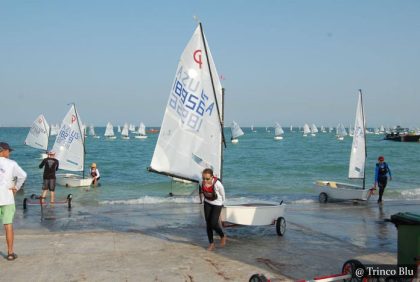 Sailing Course in Sri Lanka
Rated 4 out of 5by Michiel le Roux
Sailing Course in Sri Lanka
Rated 4 out of 5by Michiel le Roux -
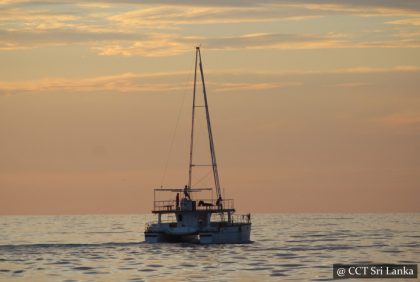 Colombo Port City Charter Sailing - 3 or 5 hrs - For Sri Lankans
Rated 5 out of 5by Ravichandran thanus
Colombo Port City Charter Sailing - 3 or 5 hrs - For Sri Lankans
Rated 5 out of 5by Ravichandran thanus -
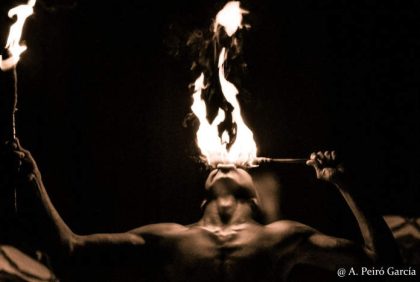 Reserve Your Seat Kandy Esala Perahera
Rated 5 out of 5by Julien Privey
Reserve Your Seat Kandy Esala Perahera
Rated 5 out of 5by Julien Privey -
 Reserve Your Seat Kandy Esala Perahera
Rated 5 out of 5by Nanfa
Reserve Your Seat Kandy Esala Perahera
Rated 5 out of 5by Nanfa -
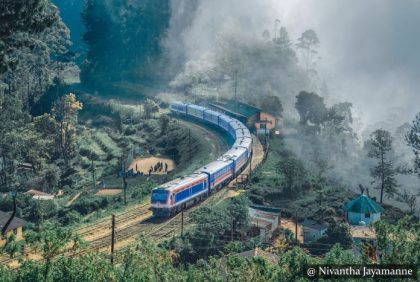 Book Train Tickets Online in Sri Lanka
Rated 5 out of 5by Vedanth Sameer Rao
Book Train Tickets Online in Sri Lanka
Rated 5 out of 5by Vedanth Sameer Rao -
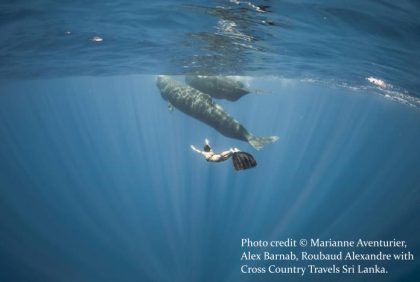 Whale Watching in Sri Lanka - Shared Luxury Yacht
Rated 5 out of 5by Julie
Whale Watching in Sri Lanka - Shared Luxury Yacht
Rated 5 out of 5by Julie -
 Colombo Port City Charter Sailing - 3 or 5 hrs - For Foreign Guests
Rated 5 out of 5by Sathsarani
Colombo Port City Charter Sailing - 3 or 5 hrs - For Foreign Guests
Rated 5 out of 5by Sathsarani -
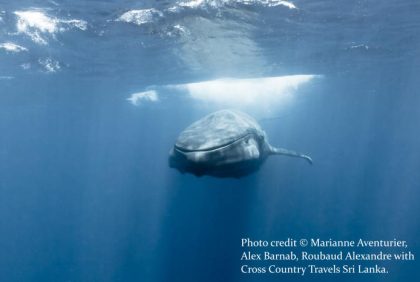 Snorkeling With Whales
Rated 5 out of 5by Arne
Snorkeling With Whales
Rated 5 out of 5by Arne -
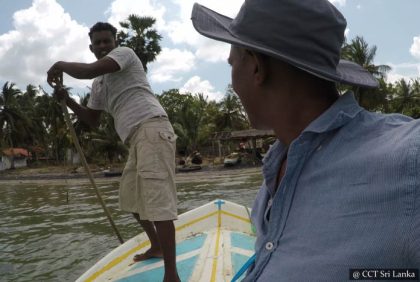 Speedy 10-Minute Boat Ride - Wilpattu to Kalpitiya
Rated 5 out of 5by Ada
Speedy 10-Minute Boat Ride - Wilpattu to Kalpitiya
Rated 5 out of 5by Ada


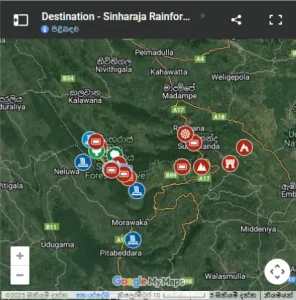

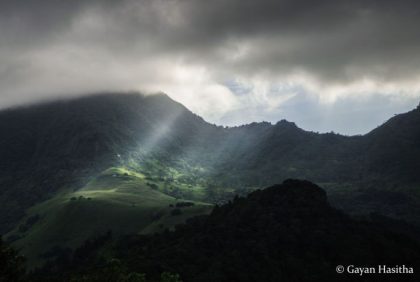

Reviews
There are no reviews yet.